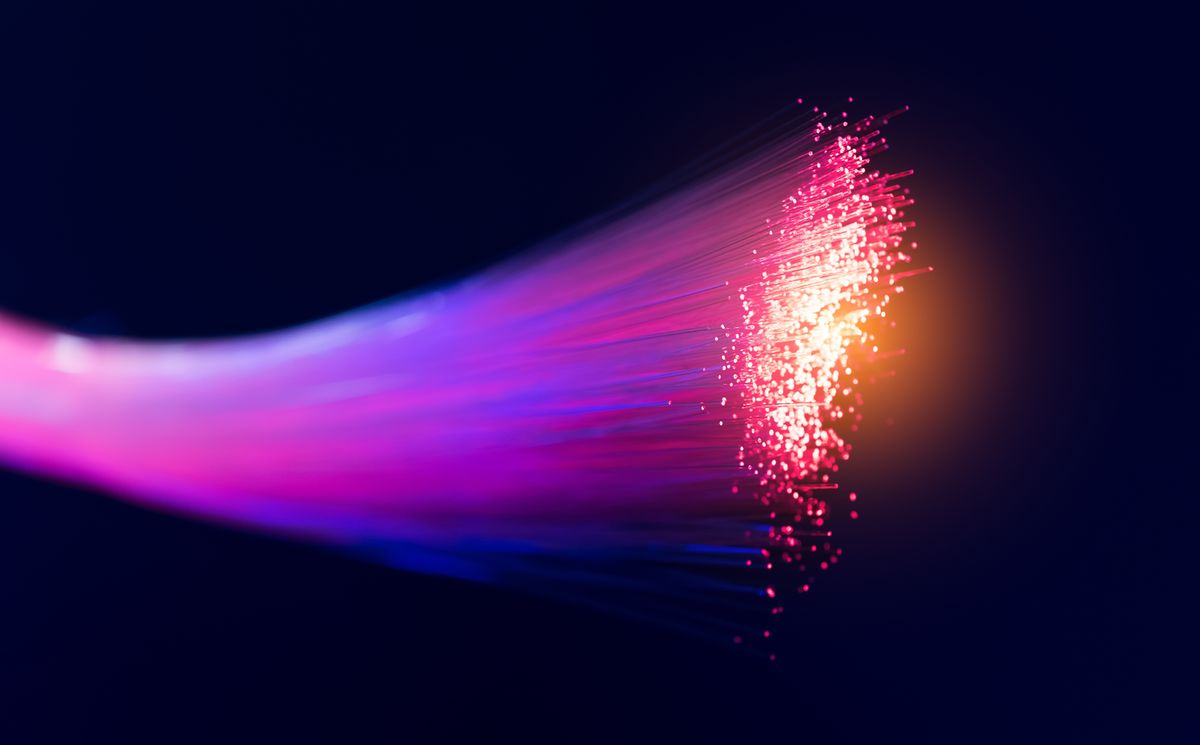India is readying to send another spacecraft to Mars, officials of the Indian Space Research Organisation have said, nine years after it created history by successfully placing a rocket on orbit around the red planet on its first attempt.
The Mars Orbiter Mission-2, informally known as Mangalyaan-2, would carry four payloads, according to documents accessed by HT. The scientific instruments will study aspects of Mars, including interplanetary dust, and the Martian atmosphere and environment.
We are on WhatsApp now. Click to join.
“All of these payloads are in different stages of development,” an official said, declining to be named.
Also Read| Chandrayaan 3: Will India’s Pragyan rover meet China’s Yutu 2? Distance between them is…
Nine years ago on September 24, India created history by entering the orbit of Mars in its first attempt, a feat that had not been accomplished by any other space agency till then.
The second mission will carry a Mars Orbit Dust Experiment (MODEX), a Radio Occultation (RO) experiment, an Energetic Ion Spectrometer (EIS) and a Langmuir Probe and Electric Field Experiment (LPEX), according to the mission document.
MODEX will help understand the origin, abundance, distribution and flux at high altitudes on Mars, the mission document said. “There are no measurements of Interplanetary Dust Particles (IDPs) at Mars. The instrument can detect particles of size from a few hundred nm to few µm, travelling at hypervelocity (> 1 km/s). The outcomes can help explain the dust flux at Mars, whether there is any ring (as hypothesized) around Mars and also confirm whether the dust is interplanetary or coming from Phobos or Deimos (the two moons of Mars). The study of dust can help explain the RO experiment results,” it said.
The RO experiment is being developed to measure neutral and electron density profiles. The instrument is essentially a microwave transmitter operating at X-band frequency that can help understand the behaviour of the Martian atmosphere.
The space agency is also developing an EIS to characterise solar energy particles and supra-thermal solar wind particles at the Martian environment. This will help scientists understand the factors behind the loss of the Martian atmosphere. The instrument will measure high-energy charge particles.
The LPEX will enable measurement of electron number density, electron temperature and electric field waves, all of which will give a better picture of the plasma environment on Mars. “LPEX experiment consists of one Langmuir probe (LP) and two electric field (EF) sensors each mounted on a long boom,” the document said.
The first Mars orbiter mission was India’s first interplanetary initiative. It was launched on-board the Polar Satellite Launch Vehicle PSLV-C25 on November 5, 2013. With the success of this mission, the space agency became the fourth in the world to place a spacecraft on Mars orbit, and the first to do so in its first attempt. Though the mission was designed to have a life of six months, it completed seven years in orbit in 2021 before it was retired.
The objectives of the first mission were technological to showcase the design, realisation and launch of a Mars orbiter spacecraft capable of operating with sufficient autonomy during the journey to the red planet, to insert the craft into Mars orbit, and capture and complete the in-orbit phase around Mars.
The first Mars mission carried five scientific payloads to study the planet’s surface features, morphology, mineralogy and atmosphere.

Daisy Hips is a science communicator who brings the wonders of the natural world to readers. Her articles explore breakthroughs in various scientific disciplines, from space exploration to environmental conservation. Daisy is also an advocate for science education and enjoys stargazing in her spare time.







:max_bytes(150000):strip_icc():focal(781x219:783x221)/olivia-culpo-christian-mccaffrey-oscars-032722_3068-211b73e2dc4840928db90a8cf54ac29f.jpg)